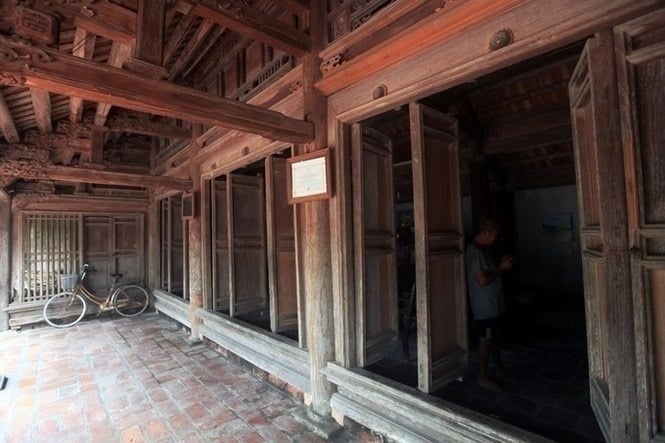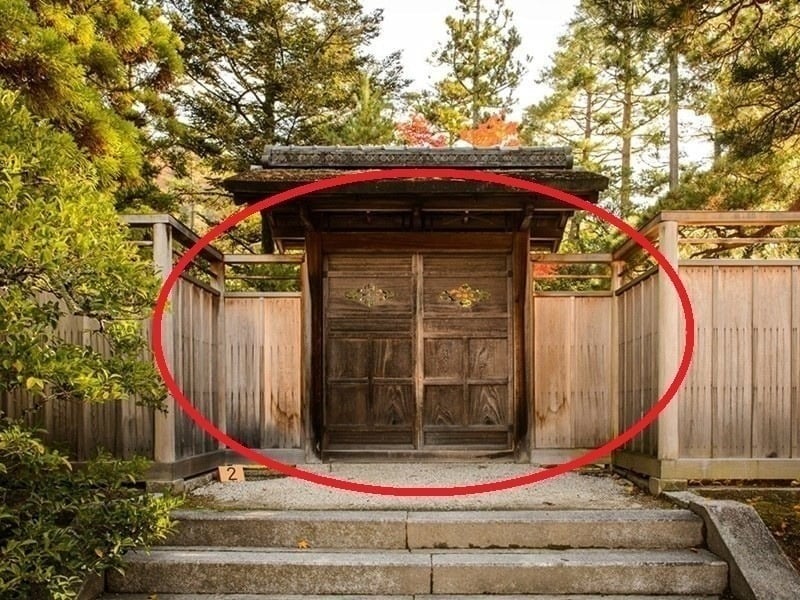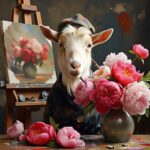Homeowners should consult feng shui experts for advice on the optimal placement of the main entrance to attract wealth and prosperity and facilitate the family’s well-being.
According to traditional feng shui beliefs, constructing a house with two large entrances or two main gates is discouraged as it can disperse good fortune and hinder the accumulation of wealth.
Classical feng shui also emphasizes that traditional homes often feature a smaller back or side door, which serves a secondary purpose. These doors provide a connection to the outdoors without disrupting the flow of prosperity-bringing energy. They facilitate air circulation while preserving the family’s affluence.
When a house has two entrances, determining the main door depends on their individual functions and designs. There are typically two primary scenarios to consider:

Two main entrances with similar designs
When a house features two main entrances of comparable size, function, and style, distinguishing the primary from the secondary door can be challenging.
If both entrances are spacious, prominent, and equally utilized as primary entry points, it creates confusion regarding which door is the actual main entrance.
Two distinct entrances
In contrast, if the two doors differ significantly in size and purpose, the main entrance is usually the largest, most conveniently located, and easily accessible from the main road. It serves as the primary gateway for welcoming guests. The secondary door is typically smaller and intended for private or internal purposes.
Feng shui principles emphasize the importance of avoiding the construction of two main entrances in a single household. Homeowners should clearly distinguish between the main and secondary entrances to prevent the dispersion of wealth and negative influences on the family’s fortune. Having too many main entrances can dilute the concentration of positive energy, adversely affecting the overall feng shui of the home.

Understanding the concept of two main entrances in classical and modern feng shui
Classical Feng Shui Perspective
In traditional feng shui, having two main entrances in a house is often associated with disharmony within the family. One door is used for entering, while the other is used for exiting, creating a sense of division and potential conflict among family members.
In households with existing conflicts, individuals may choose separate doors to avoid interaction, which is only a temporary solution and can exacerbate tensions. Our ancestors valued harmony as a crucial foundation for a family’s long-term stability and prosperity. Prolonged disharmony hinders the family’s stability and development.
Modern Feng Shui Perspective
From a modern perspective, the concept of two main entrances is also viewed through the lens of security and asset protection. Having two large entrances provides easier access for intruders, increasing the risk of theft and compromising the family’s safety.
Without proper security measures, the house may become a target for burglars. Therefore, modern feng shui still emphasizes the importance of safety and asset protection for homeowners.
Remedies for Houses with Two Main Entrances
Using Curtains and Room Dividers: This simple yet effective solution involves using curtains or room dividers to prevent the escape of positive energy and create an invisible barrier that reduces the direct connection between the two entrances.
Displaying Polyhedral Balls and Emperor’s Money Coins: After energizing them through a ritual, these feng shui items are placed at the entrances to adjust and balance the energy, enhancing the stability and harmony of the home’s feng shui.
Placing Tam Da Statues or Dragon Tortoises: This remedy involves placing statues of Tam Da (Three Gods of Fortune) or Dragon Tortoises to ward off negative energy and attract peace and good fortune, especially when the two entrances directly face each other.
3 Things You Should Never Throw Away, and 4 Things You Should Never Bring Home.
Introducing a unique perspective on valuable possessions: a twist on what we deem worthless and worth our while. Imagine a world where the discarded holds hidden treasures, and expensive items may not always be worthy of our hard-earned cash. This intriguing concept unveils a captivating list of 3 worn-out items to cherish and 4 pricey purchases to avoid. Prepare to challenge your perceptions and discover the unexpected!















